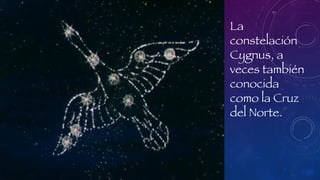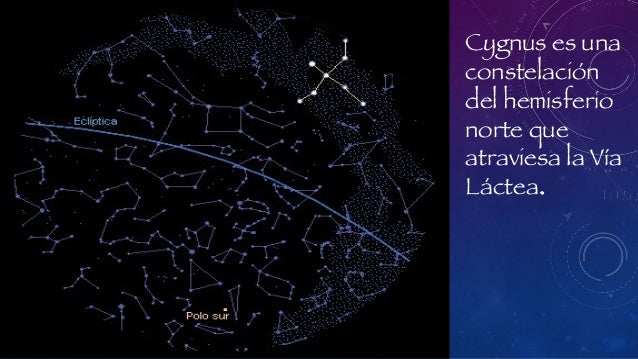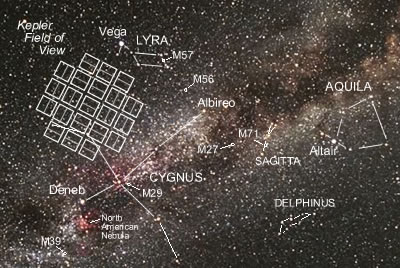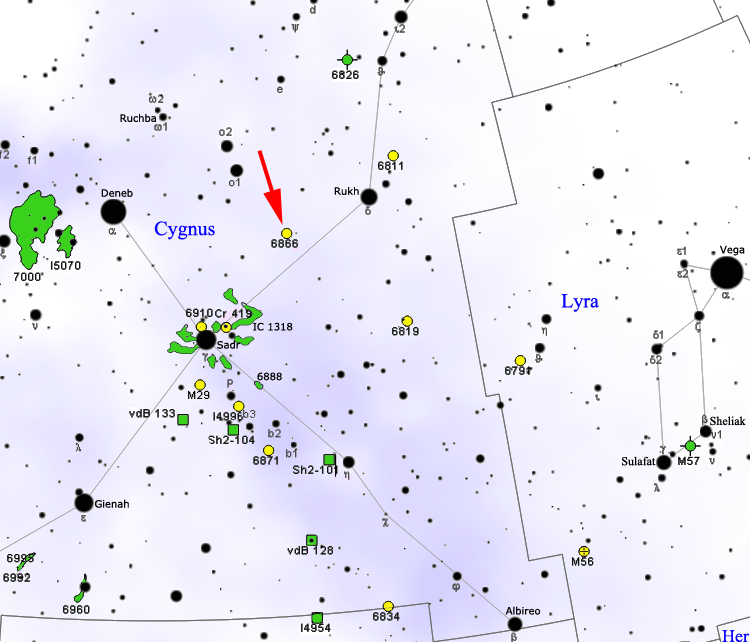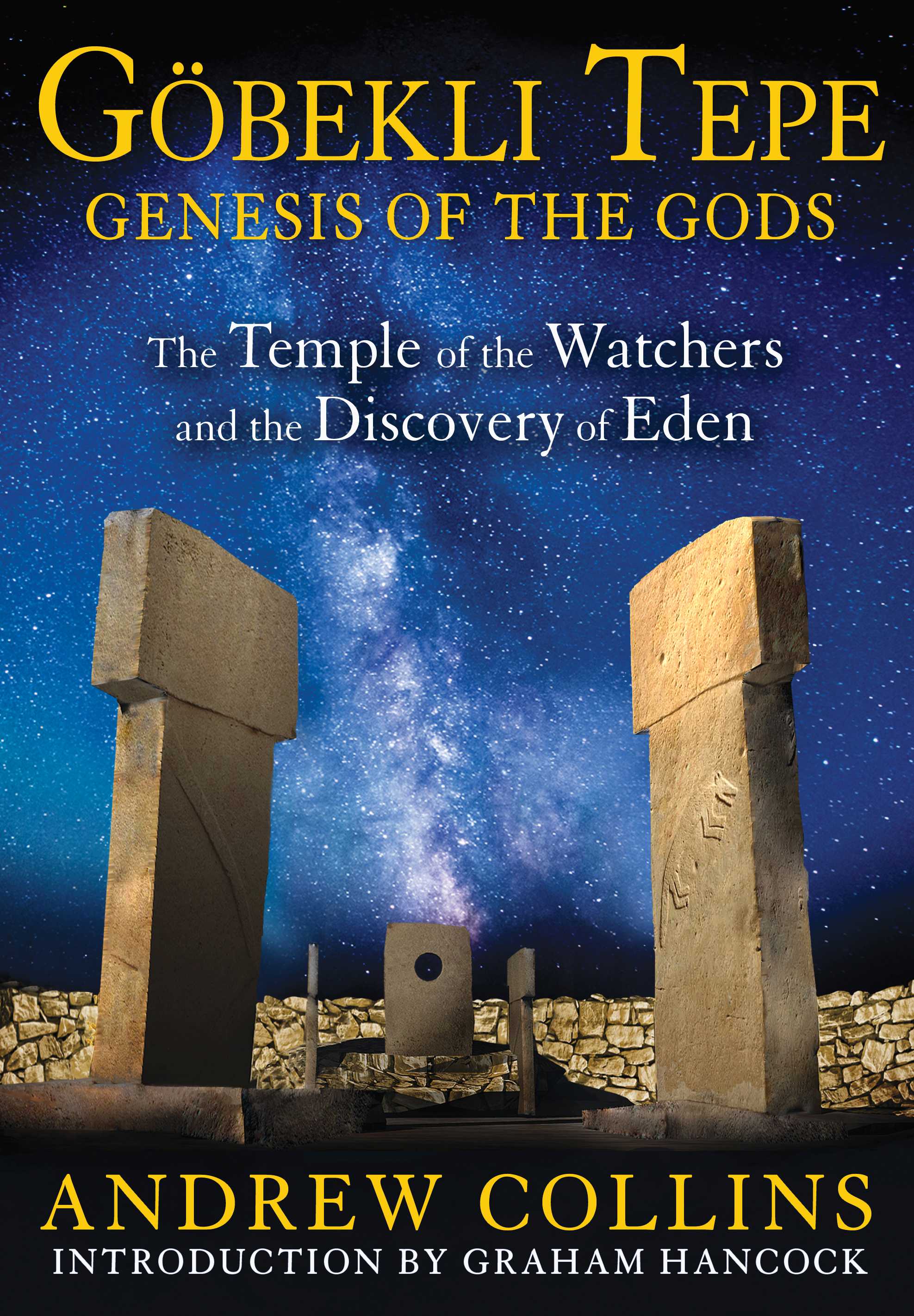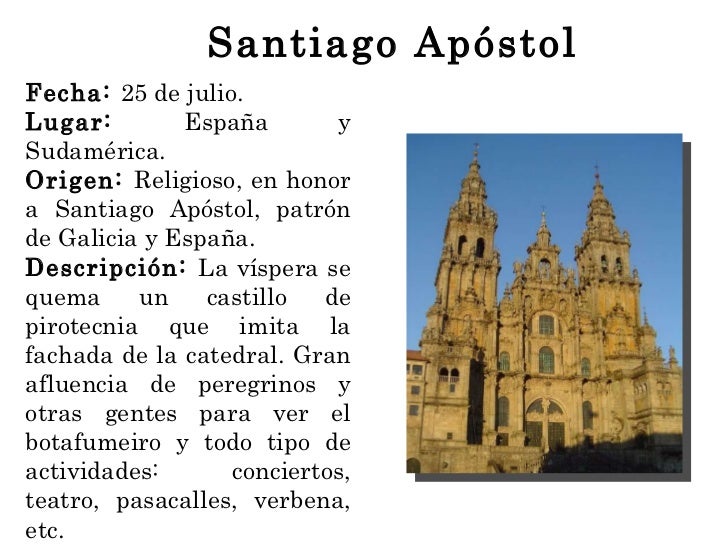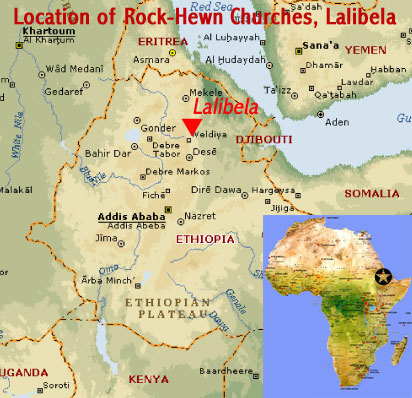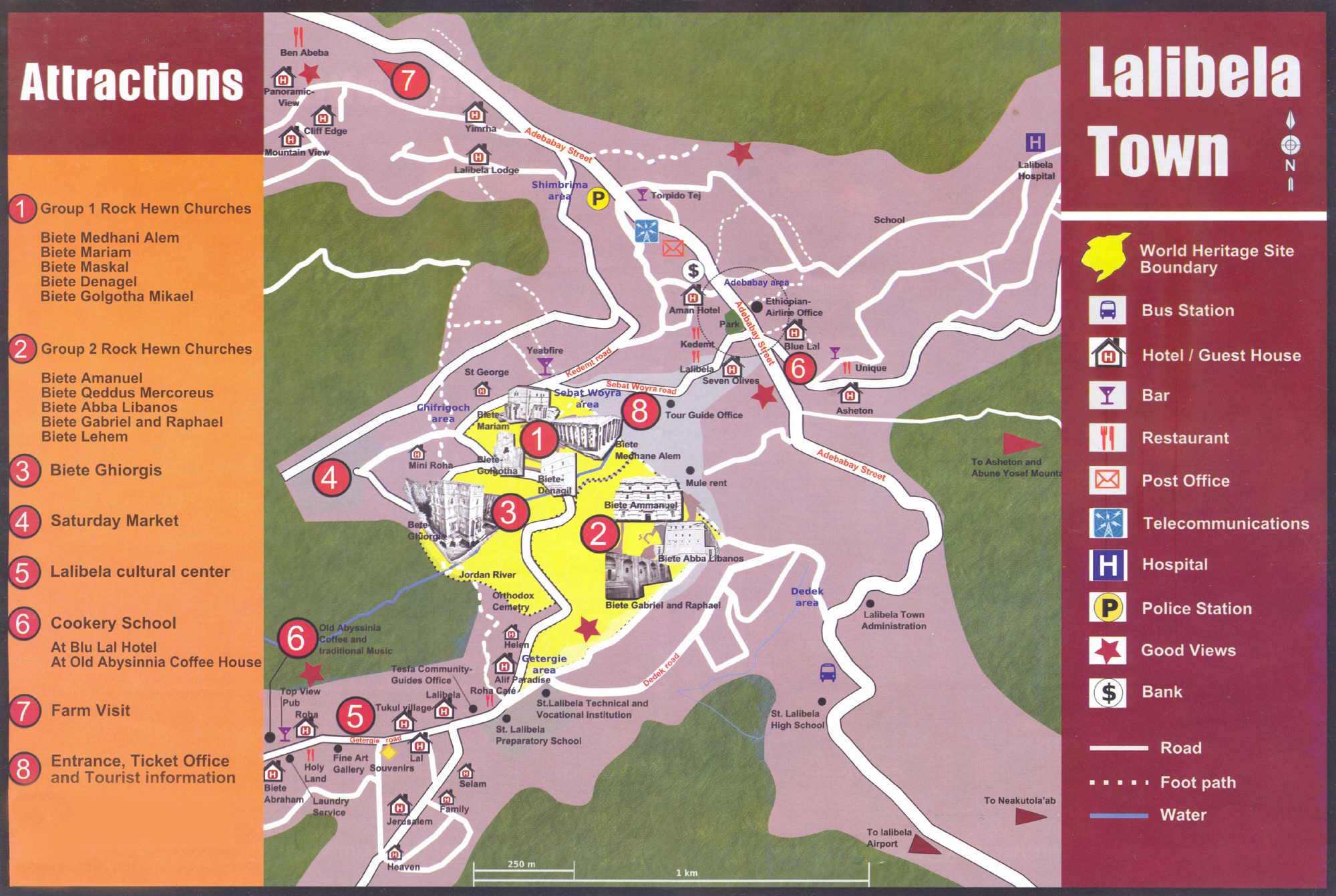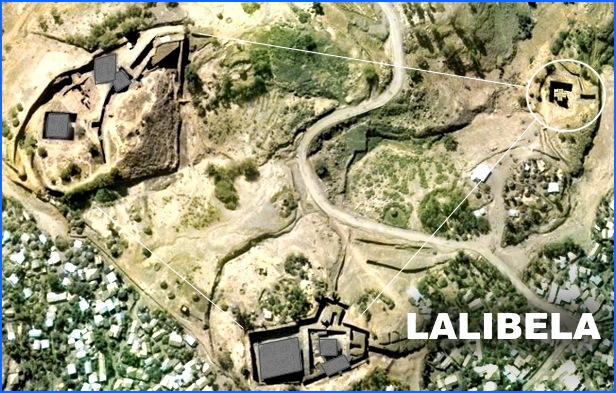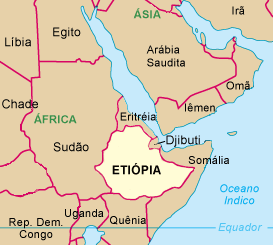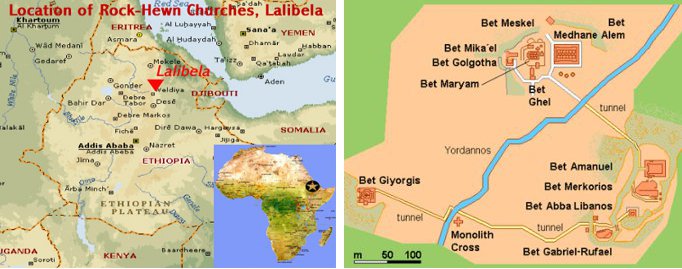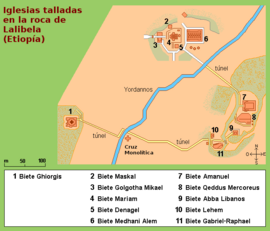|
|
by Andrew Collins
from AndrewCollins Website
The three main Giza pyramids, as viewed from the edge of the Maadi Formation
southwest of the Third Pyramid, taken in May 2005
When I wrote THE CYGNUS MYSTERY, I knew that among the many incredible claims it would make, one alone would court fierce criticism, and this was the apparent connection between Giza and the Cygnus constellation. Over the years I have seen how other new theories concerning the hidden mysteries of the plateau have been ripped to shreds by detractors, and then dissected piece by piece until nothing is left intact.
It started with the theories contained in Robert Bauval and Adrian Gilbert's seminal classic THE ORION MYSTERY back in 1994, and has continued ever since with any theory that veers even slightly away from the straight and narrow path of orthodoxy Egyptology. Yet strangely, it is not usually the Egyptologists who start the carnage, but other researchers and writers in the fields of either revisionist history or archaeoastronomy, neither of which are accepted as mainstream subjects.
So by suggesting that the three main pyramids at Giza, as well as the plateau as a whole, reflect sight lines targeting the rising and setting of Cygnus, associated by the Ancient Egyptians with the falcon-headed celestial figure dwn-'nwy, was never going to be taken lying down by the critics.
Thus when my friend and colleague Rodney Hale rung me excitedly one morning in January 2005 to say that he had superimposed the three 'wing' or 'cross' stars of Cygnus (Gienah, aka epsilon Cygni; Sadr, aka gamma Cygni, and delta Cygni) with the Giza pyramids and it was a perfect match, I knew then that if this were ever to reach publication then it was going to cause a furore that would eclipse anything I had ever written before about Ancient Egypt.
THE CYGNUS-GIZA CORRELATION
Rodney had decided to compare the stars of Cygnus with the Giza pyramids after the idea came to him in a flash of inspiration as he lay in bed one night unable to sleep. Yet it must also have stemmed from the fact that when THE ORION MYSTERY was first published Rodney, having embracing such new ideas regarding the astronomy of the Ancient Egyptians, became disappointed when in 1995 he attempted to superimpose Orion's 'belt' stars over the Giza pyramids, with the following results:
Relative positions of the three 'belt' stars of Orion as overlaid upon the Giza pyramids
as done by Rodney Hale in 1995, using both a photograph of the stars
and as they appear in the Skyglobe program 3.5
They simply do not match, with the star corresponding to the Third Pyramid, Mintaka (delta Orionis), falling towards the southwest edge of the monument. Of course, the whole thing could simply have been a symbolic gesture on the part of the Ancient Egyptians, and thus was not meant to be precise. Yet still, it was a shame that the correlation was not exact.
Even more despair came for Rodney, a technical engineer by trade, when he attempted to match the remaining stars of Orion with other pyramid fields, as is proposed by Bauval and Gilbert in THE ORION MYSTERY.
Map of the Orion constellation
Unfortunately, Saiph ('sword', kappa Orionis), which as Orion's right knee is south of the belt stars, fell short of its predicted target - the ruined pyramid of Djedefre of Abu Rawash, while Bellatrix (gamma Orionis), the left shoulder of Orion, is situated some distance away from its target - the so-called 'Unfinished Pyramid' at Zawiyat al-Aryan.
Even more confusing was that Orion's two brightest stars Rigel (beta Orionis) and Betelgeuse (alpha Orionis) do not mark an ancient monument of any kind. Once again, the correlation might not have needed to be precise, but it was a shame that the theory was not as tight as he might have liked it to be. Proposals of this kind need precision for the soul to take them seriously.
Orion superimposed (upside down) on 1927 map of Cairo, showing
the relevant pyramid fields
So now it seemed that for Rodney the 'wing' stars of Cygnus, linked to the plateau through its associations with the cult of Sokar - a falcon-headed god of the dead who presided over Rostau, ancient Giza, and was the earthly counterpart of the celestial sky falcon god dwn-'nwy - could be superimposed over the three main pyramids.
-
Was this simply coincidence?
-
Had it been by grand design, created by the great architect of the Great Pyramid, or was the cosmic joker at work here?
The simple answer is that neither of us could be sure. However, I decided to publish these controversial findings in THE CYGNUS MYSTERY. Naturally, there was a certain amount of hesitation, but I wanted for the Cygnus-Giza ground-sky alignment to speak for itself.
Strangely, Adriano Forgione the editor of Italy's HERA magazine told me that a while back a young reader had written to the letters' page asking whether it was possible that the stars of Cygnus created a better ground-sky match than those of Orion's belt. Why exactly this person should have suggested this is unclear, and Adriano is unable now to find his name. Still, it was a sign that I was doing something right.
Ground-sky overlay using the stars of Cygnus on a modern map of the Giza plateau.
The Cygnus stars are in red, with those of Orion's belt in green.
Actual photograph of the stars were used for this purpose
MOUND OF CREATION
What was also more attractive about the Cygnus-Giza correlation is that because the constellation's 'wing' stars are wider apart than those of Orion's belt, it means that, pro-rata, all its other main stars superimpose nicely on the plateau, highlighting other potentially interesting features.
For instance, Albireo (beta Cygni), the 'beak' star falls in the area of Gebel Ghibli (Arabic for 'southern hill'), a curious rock formation a few hundred meters to the south of the Great Sphinx. Robert Bauval and Simon Cox in the former's book THE SECRET CHAMBER (1999) proposed that Gebel Ghibli might have acted as a physical representation of a mythological primeval hill, or Mound of Creation.
Cox had already investigated this strange hillock, after it had been highlighted as significant in the remarkable landscape geometry of David Ritchie. Cox sensed that it held the key to locating the lost Shetayet shrine of Sokar, said to have been somewhere in the area. Ritchie had felt that it was a 'gateway' into Giza's hidden dimensions.
The previous year, 1998, in my own book GODS OF EDEN, I had suggested that just such a Mound, or Island, of Creation once existed on or close to the plateau, since one is mentioned in the enigmatic Edfu Building Texts, which describe a primordial world that thrived in the vicinity of Memphis/Giza in pre-dynastic times. Since these texts also referred to a well-like structure as being on the 'Island', which led down into an underworld-duat realm (whether real or symbolic), I predicted that a significant well would also be found on this symbolic Mound of creation.
Just such a well structure was discovered by myself in May 2005 amid the modern Islamic cemetery just north of Gebel Ghibli. Known as Beer el-Samman, it is protected by sacred sycamore fig trees - descendants of those mentioned in the Inventory Stela and in the Ancient Egyptian story of Sinuhe.
It is dedicated to a holy man named Hammad el-Samman, said to have once occupied the well in some bygone age. According to a little known tradition still held by the village elders of Nazlet el-Samman (named after the saint), Hammad el-Samman guarded the entrance to an underground city or palace located beneath Nazlet el-Samman, which is due east of the Great Sphinx (where Edgar Cayce predicted that the Egyptians Hall of Records would be found).
Thus to find that the Cygnus star Albireo, the mouth or gullet or the celestial bird, fell nearby, albeit beyond the long linear stone structure known as the Wall of Crows (see below), was interesting indeed, and worthy of further investigation.
THE FURORE BEGINS
THE CYGNUS MYSTERY was published, finally, in November 2006, and instantly the furore began. Hundreds of postings on phorums such as The Hall of Maat and the Graham Hancock website fueled the Cygnus vs. Orion debate beyond anything I could ever have imagined.
Strangely, most posts were fairly positive, especially after able researchers went away and did their own Cygnus-Giza overlay, and saw that it was accurate. Others, however, would not even accept that Cygnus was known to the Ancient Egyptians, never mind it being linked with the plateau.
THE DENEB SPOT
One question which did crop up was: What on the plateau mark's Deneb (alpha Cygni), the brightest star in Cygnus? The answer is that it falls northwest of the Second Pyramid on the edge of the so-called Western Cemetery, which lies west of the Great Pyramid. This is made up of dozens of mastaba tombs from the Fourth, Fifth and Sixth Dynasties, which belong to those nobles and their families connected with the royal royal dynasties. They were built for priests, priestesses, prophets, tradesmen and arguably even the architect of the Great Pyramid.
The Deneb spot covers a fairly large mastaba designated LG14, after the numbering of German Egyptologist Carl Richard Lepsius (1810-1884), who surveyed the plateau, and produced an impressive map dated 1842 (see below).
The Lepsius map of 1842 showing the Cygnus stars overlaid in red.
Note the Deneb spot obscuring mastaba LG14 on the edge of the Western Cemetery
Lepsius found the tomb to be devoid of any artifacts or inscriptions, and thus it was simply catalogued and forgotten about. Nothing more is currently known about LG14, and there is every chance that, if not pillaged in ancient times, it was built but never used. As such, no further light can be thrown on the Deneb spot, as we refer to it.
Deleted section
Whether any of this has anything to do with the proximity, not far away of the Deneb spot, must remain speculation, and in my opinion, if the Cygnus-Giza correlation is meaningful, then I suspect that the Deneb spot played an altogether different role to that of the three 'wing' stars that correspond to the three main Giza pyramids.
Perhaps what we are looking for here is underground, or it is simply the position of a sight line overlooking the rest of the plateau. Either way, the Cygnus-Giza correlation should not be dismissed simply because Deneb does not hit anything obviously important, especially since Orion's own brightest stars, Rigel and Betelgeuse, fail themselves to mark any ancient monument.
The John Perring's 1837 map of the Giza plateau.
The Cygnus stars are in red. Note also the 'well' (Beer el-Samman)
and 'sycamores' marked between the Great Sphinx and Gebel Ghibli.
Note also the proximity of the 'beak star' Albireo (beta Cygni).
http://www.bibliotecapleyades.net/ciencia/ciencia_cygnus08.htm |
|
|
|
|
Vulpecula
De Wikipedia, la enciclopedia libre
Vulpecula, La zorra o La Raposilla, es una pequeña constelación del norte ubicada en medio del Triángulo de verano, al norte de Sagitta y Delphinus. No contiene ninguna estrella brillante.
[editar] Características destacables
Pese a carecer de estrellas brillantes —α Vulpeculae, la más brillante, apenas alcanza magnitud 4,4— en esta constelación han tenido lugar algunos de los hitos clave de la astronomía. PSR B1919+21, el primer púlsar descubierto (en el año 1967), está situado en Vulpecula, así como la nebulosa planetaria M27 o Nebulosa Dumbbell, la primera nebulosa de este tipo en ser descubierta (1764).
[editar] Estrellas principales
- α Vulpeculae (Anser), de magnitud visual 4,44, una gigante roja a 297 años luz del Sistema Solar.
- 1 Vulpeculae, subgigante blanco-azulada de magnitud 4,76.
- 3 Vulpeculae, gigante azul de magnitud 5,22; es una estrella B pulsante lenta (SPB).
- 13 Vulpeculae, tercera estrella más brillante de la constelación con magnitud 4,58; es una estrella doble cuya componente principal es una gigante blanco-azulada.
- 15 Vulpeculae (NT Vulpeculae), variable del tipo Alfa2 Canum Venaticorum, estrella de color blanco.
- 21 Vulpeculae (NU Vulpeculae), variable Delta Scuti de magnitud 5,20.
- 23 Vulpeculae, la segunda estrella en brillo con magnitud 4,52, una gigante naranja.
- 28 Vulpeculae, subgigante blanco-azulada de magnitud 5,04.
- 29 Vulpeculae, estrella blanca de magnitud 4,82.
- 30 Vulpeculae, gigante naranja y binaria espectroscópica de magnitud 4,93.
- 31 Vulpeculae, gigante amarilla de magnitud 4,58.
- T Vulpeculae, variable cefeida cuyo brillo oscila entre magnitud 5,41 y 6,09 en un período de 4,4355 días.
- U Vulpeculae, también variable cefeida; su brillo varía entre magnitud 6,73 y 7,54 en un período de 7,9907 días.
- Z Vulpeculae, binaria eclipsante de brillo variable entre magnitud 7,25 y 8,90.
- RR Vulpeculae, binaria eclipsante de magnitud 10,00.
- SV Vulpeculae, distante cefeida de largo período (45,01 días).
- WW Vulpeculae, joven estrella Herbig Ae rodeada por un disco circumestelar.
- EP Vulpeculae, estrella de tipo S y variable irregular.
- ER Vulpeculae, binaria con actividad cromosférica de magnitud 7,36.
- PY Vulpeculae, enana blanca pulsante, una de las más brillantes de este grupo.
- QR Vulpeculae, variable de magnitud aparente media 4,76.
- HD 189733, una estrella amarillo-naranja de la secuencia principal con un planeta gigante gaseoso muy próximo a la estrella.
- HD 188015, una estrella subgigante amarilla a 172 años luz, con un planeta en la llamada zona habitable.
- Gliese 794, enana blanca caliente de magnitud 11,55.
- WR 126, peculiar y distante estrella de Wolf-Rayet que puede estar a más de 14.000 años luz.
- PSR B1919+21, el primer púlsar descubierto en el año 1967 por Jocelyn Bell y Antony Hewish, con un intervalo de 1,3373 s.
[editar] Objetos notables de cielo profundo

M27 (Nebulosa Dumbbell) .
Ambos pueden ser vistos con prismáticos, aunque sólo a través de un telescopio aparecen en toda su belleza.
Esta constelación, ideada por Johannes Hevelius en 1690, no se encuentra asociada a ninguna leyenda interesante ni a referencia mitológica alguna. Inicialmente se la llamó Vulpecula Cum Anser, la Zorra con el Ganso, pero actualmente se conoce simplemente como Vulpecula (la Zorra).
http://es.wikipedia.org/wiki/Vulpecula
 First First  Previous 2 to 2 of 2 Next Previous 2 to 2 of 2 Next  Last Last  |
| Reply |
Message 2 of 2 on the subject |
|
| From: Cajeli (Original message) |
Sent: 30/11/2014 01:57 |
Y si vosotros sois del Cristo, ciertamente la Simiente de Abraham sois, y conforme a la promesa, los herederos.”
Pablo resaltó que la familia de Abraham protagonizó un drama ilustrativo, y conformaron un cuadro profético, en relación con el cumplimiento de la estrategia de Dios para la conclusión de los tiempos (Gálatas 4.22-31).
ABRAHÁM: Cuando Jehová cambió su nombre de Abram por Abraham ya le asignaba un papel fundamental que desempeñaría como patriarca y como "padre exaltado", según las primeras letras “Ab” “padre”, de multitudes o de pueblos como lo indica "am" al final de su nombre; así también le fue dicho "tu nombre Abraham, porque te he puesto por padre de muchedumbre de gentes".
Como cabeza de familia, representó a Jehová. Su intención de sacrificar a su hijo Isaac en cumplimiento de lo que debía hacerse, prefiguró la futura disposición del Dios de Israel para aceptar el sacrificio a su Hijo amado, y salvar de la muerte y del pecado a la humanidad.
También Abraham representó al Santo de Israel en el sentido que se le consideró “la roca” desde la cual fueron cortados, o sacados, quienes serían la descendencia santa.
51:1 Oídme, los que seguís la justicia, los que buscáis a Jehová. Mirad a la piedra de donde fuisteis cortados, y al hueco de la cantera de donde fuisteis arrancados.
51:2 Mirad a Abraham vuestro padre, y a Sara que os dio a luz; porque cuando no era más que uno solo lo llamé, y lo bendije y lo multipliqué.
SARA: Su nombre original “Sarai” significa princesa, o “mi princesa”; cambiado por Sara, noble que persevera y hace conexión con un remanente. Fue inicialmente la esposa de Abraham que era estéril; representó a la congregación del Santo en el sentido de ser su esposa, quien estaría alerta para aplastar la cabeza de la serpiente (Gé 3.15) mediante su descendencia manifestada en Jesús; la descendencia santa que finalmente resplandecerá desde la Jerusalén celestial, por esto Sara también representó a la ciudad de Dios.
4:26 Mas la Jerusalén de arriba, la cual es madre de todos nosotros, es libre.
4:27 Porque está escrito:
Regocíjate, oh estéril, tú que no das a luz;
Prorrumpe en júbilo y clama, tú que no tienes dolores de parto;
Porque más son los hijos de las desolada, que de la que tiene marido.
4:28 Así que, hermanos, nosotros, como Isaac, somos hijos de la promesa
ISAAC: (Risa) Prefiguró a la descendencia santa (espiritual) de la esposa del Santo, su congregación, cuyo principal integrante es Jesucristo Gál 3.16, quien incluyó también a todos sus hermanos que le sigan, como hijos de Dios que llegan a ser coherederos junto con Él.
Romanos 8:15 Porque no habéis recibido el espíritu de servidumbre para estar (otra vez) en temor; mas habéis recibido el Espíritu de adopción (de hijos), por el cual clamamos, ¡Abba, Padre!
AGAR: Su nombre significa vuelo o forastera. La esposa secundaria o concubina de Abraham que era una esclava. Pablo dijo que Agar significa Sinaí, que es el monte en el que se estableció el pacto de la ley; por consiguiente simboliza a la Jerusalén terrenal, la ciudad que estaba sujeta a la ley de Moisés.
4:25 Porque Agar es el monte Sinaí en Arabia, y corresponde a la Jerusalén actual, pues ésta, junto con sus hijos, está en esclavitud.
ISMAEL: (Dios escucha) El hijo de Agar. Aunque los árabes y musulmanes se consideran descendientes de él, Ismael representó a los hijos de la Jerusalén esclava de los preceptos mosaicos y las ordenanzas y costumbres que le fueron añadidas. Así como Ismael persiguió a Isaac, los judíos del primer siglo persiguieron a quienes abrazaron al Mesías y que fueron llamados cristianos, quienes a su vez eran hijos de la Jerusalén de arriba o de la Sara simbólica. Por esto, tal como Abraham hizo a un lado a Agar e Ismael, Jehová terminó por abandonar a la Jerusalén del primer siglo y a sus hijos rebeldes.
Mateo 23:37 ¡Jerusalén, Jerusalén, que matas a los profetas, y apedreas a los que son enviados a ti! ¡Cuántas veces quise juntar tus hijos, como la gallina junta sus pollos debajo de las alas, y no quisiste!
38 He aquí vuestra Casa os es dejada desierta.
CESAREA DE FILIPO / SARA (ESPOSA DE ABRAHAM)
S-ARA / SAR / $$$$$$$$$
|
|
|
|
|
|
|
BABILONIA LA RAMERA ES UNA MUJER Y ES LA MISMA BESTIA
BABILONIA LA RAMERA ES UNA MUJER Y ES LA MISMA BESTIA
PARA NO CREER PERO ESTO ES ASI. LA RELACION DEL DINERO / MONEY / MOON / CON LA LUNA EN EL CONTEXTO A LA TRANSFIGURACION EN EL MONTE HERMON / MON / LUNA EN LA TRIBU DE DAN / DINERO / SERPIENTE. TODO ES UN NEXO CON LA TRANSFIGURACION DEL SEÑOR. DINERO ES TIEMPO MISMO.
ES OBVIO EL NEXO DE LA SERPIENTE CON LA MUJER
NOTEN EL NEXO DE DAN, CON LA SERPIENTE (VENECIA) Y EL CABALLO (PLAZA SAN MARCOS)
7. Génesis 49:17 Será Dan SERPIENTE junto al camino, Víbora junto a la senda, Que muerde los talones del caballo, Y hace caer hacia atrás al jinete.
 1200 1200
|
|
|
|
|
EL CAMINO DE SANTIAGO Y LA VÍA LÁCTEA
Parece lógico pensar, que los peregrinos, seguían las indicaciones naturales para guiarse hasta Santiago, siguiendo de Día el Camino de las Ocas y de Noche el Camino de las Estrellas.
En el hemisferio Norte, durante las cálidas noches de Verano, podemos observarla: Vía Láctea pasando por el Cisne (Cygnus), el Águila (Aquila) y el Escudo (Scutum).
El Camino de las Estrellas, está marcado por la indicación de la Vía Láctea, desembocando en la constelación del “Can Mayor”.
El Camino de las Estrellas, era el Mapa escrito en cielo, que nos guiaba en la Noche, de manera infalible hacia el “Finis Terrae”.
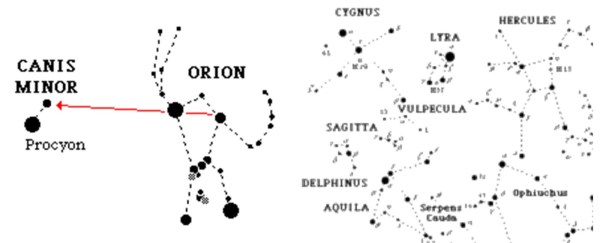
https://turismoiterodelavega.wordpress.com/el-camino-de-santiago/el-camino-de-santiago-y-la-via-lactea/ |
|
|
|
|
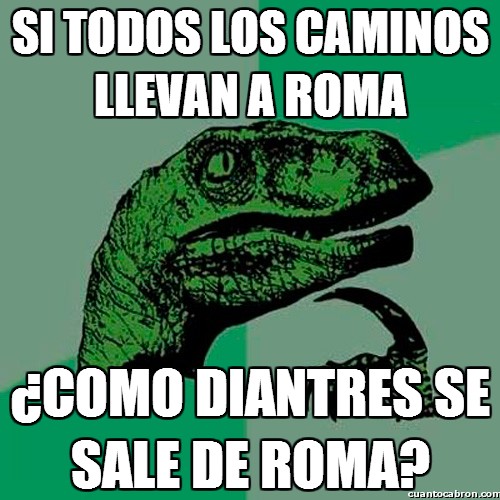       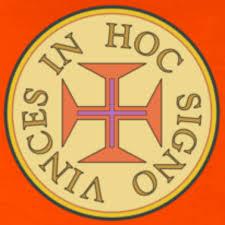

https://social.vcoins.com/twih/arch-constantine-july-25-315/
El Arco de Constantino. 25 de julio de 315.
El Arco de Constantino se erigió para conmemorar la victoria de Constantino I sobre Majencio en el Puente Milvio que tuvo lugar el 28 de octubre de 312.
La Batalla tomó su nombre del Puente Milvio , una ruta importante sobre el Tíber . Constantino ganó la batalla y emprendió el camino que lo llevó a terminar con la Tetrarquía y convertirse en el único gobernante del Imperio Romano . Maxentius se ahogó en el Tíber durante la batalla; su cuerpo fue luego sacado del río y decapitado, su cabeza desfiló por las calles de Roma al día siguiente de la batalla.
Según cronistas como Eusebio de Cesarea y Lactancio , la batalla marcó el comienzo de la conversión de Constantino al cristianismo . Eusebio de Cesarea cuenta que Constantino y sus soldados tuvieron una visión enviada por el Dios cristiano . Esto se interpretó como una promesa de victoria si el signo de Chi-Rho , las dos primeras letras del nombre de Cristo en griego , se pintaba en los escudos de los soldados. El Arco de Constantino, erigido en celebración de la victoria, ciertamente atribuye el éxito de Constantino a la intervención divina ; Sin embargo, el monumento no muestra ningún simbolismo abiertamente cristiano .
Aunque está dedicado a Constantino, gran parte del material decorativo incorporó trabajos anteriores de la época de los emperadores Trajano , Adriano y Marco Aurelio , y por lo tanto es un collage . El último de los arcos triunfales existentes en Roma, también es el único que hace un uso extensivo de la espolia , reutilizando varios relieves importantes de los monumentos imperiales del siglo II , que dan un llamativo y famoso contraste estilístico con la escultura recién creada para el arco .
Cualesquiera que sean las fallas de Maxentius, su reputación en Roma estuvo influenciada por sus contribuciones a la construcción pública . En el momento de su acceso al trono en 306, Roma se estaba volviendo cada vez más irrelevante para el gobierno del imperio, la mayoría de los emperadores eligieron vivir en otros lugares y se centraron en defender los frágiles límites , donde con frecuencia fundaron nuevas ciudades. Este factor contribuyó a su capacidad para tomar el poder. Por el contrario, Maxentius se concentró en restaurar la capital , siendo su epíteto conservator urbis suae (preservador de su ciudad). Así, Constantino fue percibido, entre otras cosas, como el deponente de uno de los mayores benefactores de la ciudad y necesitaba adquirir legitimidad. Mucha controversia ha rodeado el mecenazgo de las obras públicas de este período. El filósofo alemán Walter Benjamin observó que la historia se ve a través de los ojos del vencedor , y Constantino y sus biógrafos no fueron una excepción. Emitiendo una damnatio memoriae , se dispuso a borrar sistemáticamente la memoria de Majencio. En consecuencia, sigue existiendo una incertidumbre considerable con respecto al patrocinio de los edificios públicos de principios del siglo IV, incluido el Arco de Constantino, que originalmente pudo haber sido un Arco de Majencio .
 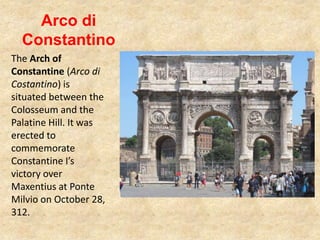    
|
|
|
 Primeira Primeira
 Anterior
11 a 25 de 25
Seguinte Anterior
11 a 25 de 25
Seguinte
 Última
Última

|

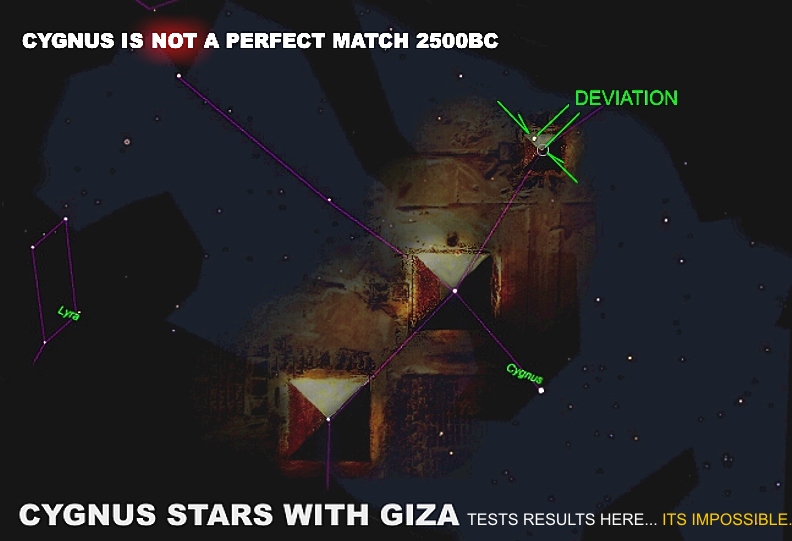

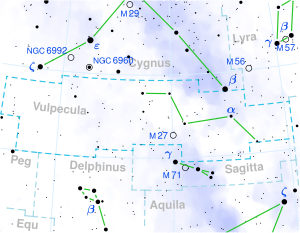
















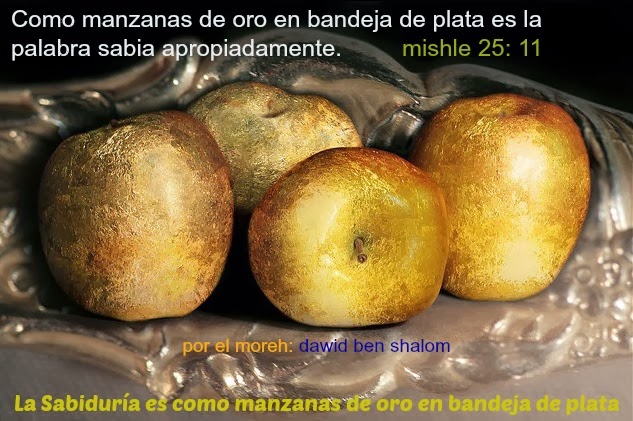
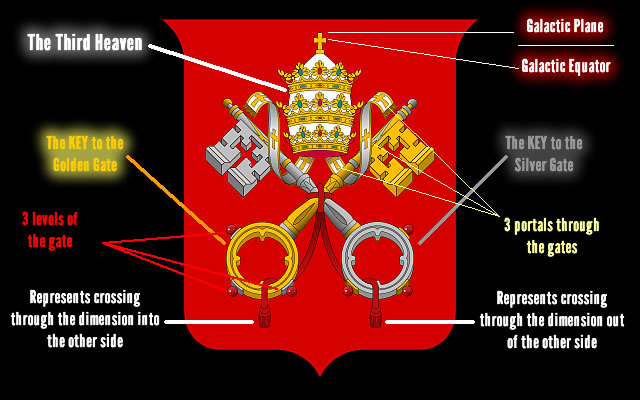


















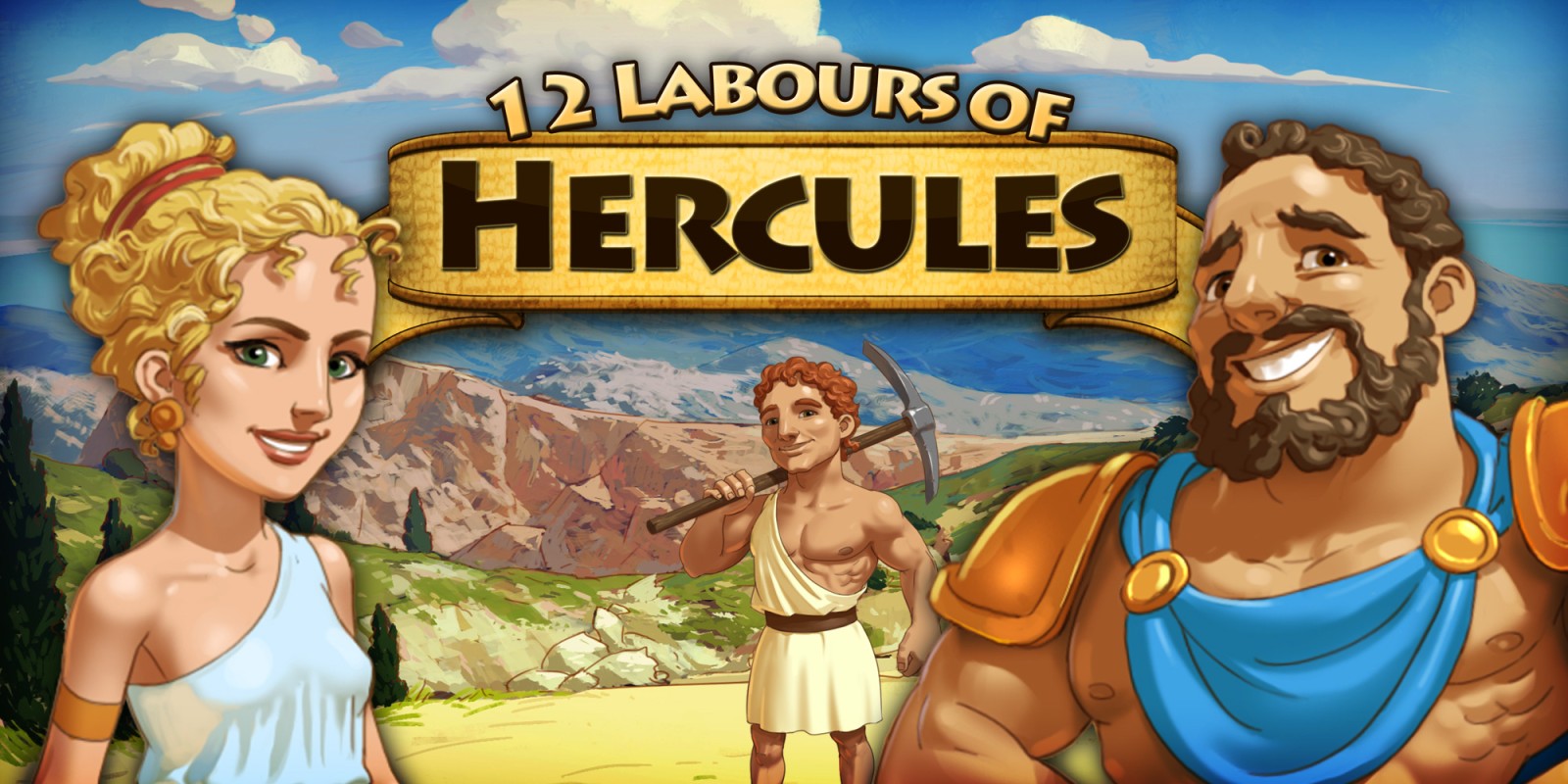



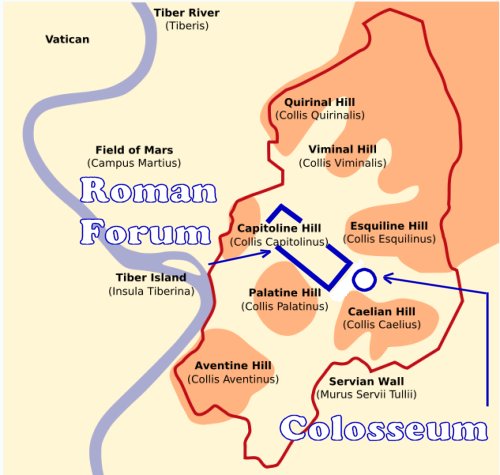
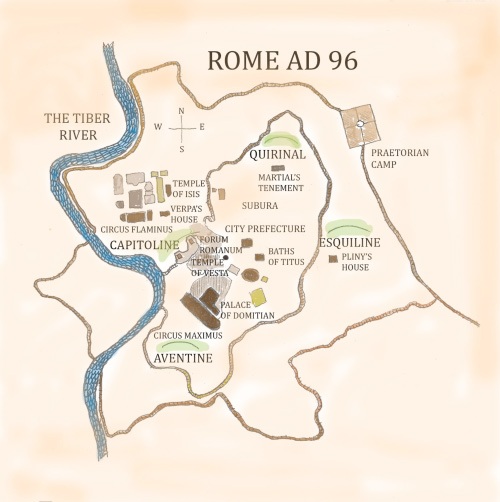









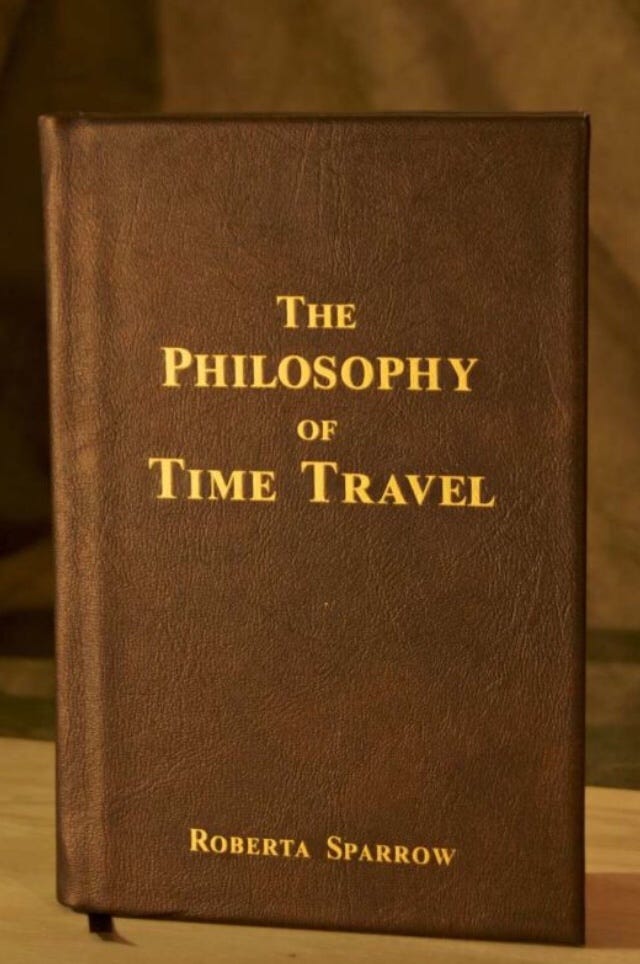


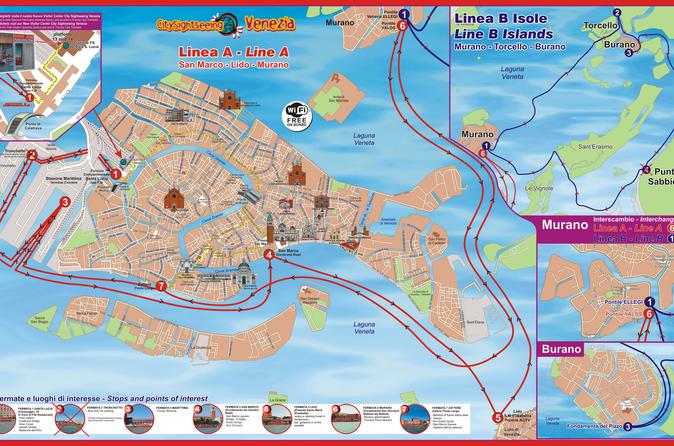
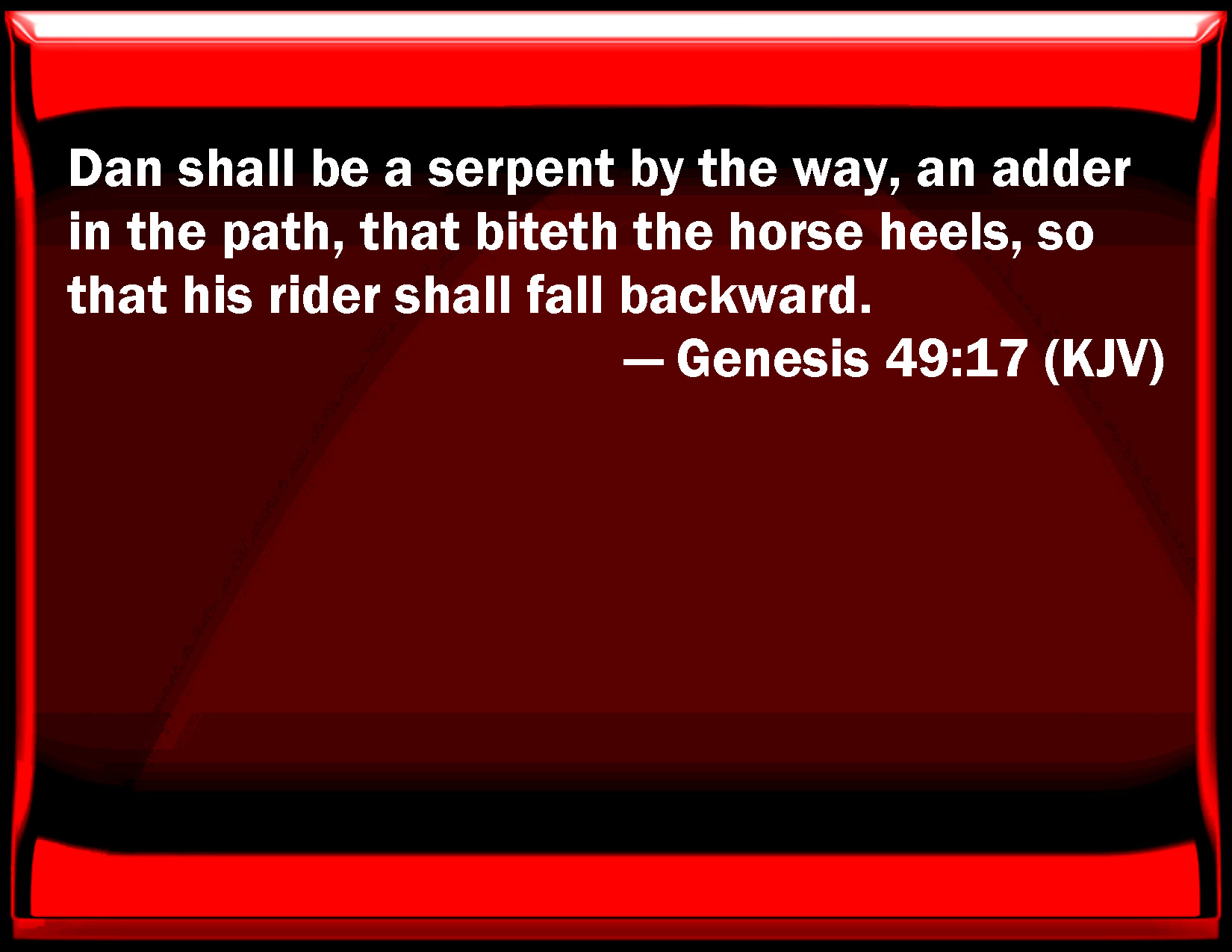



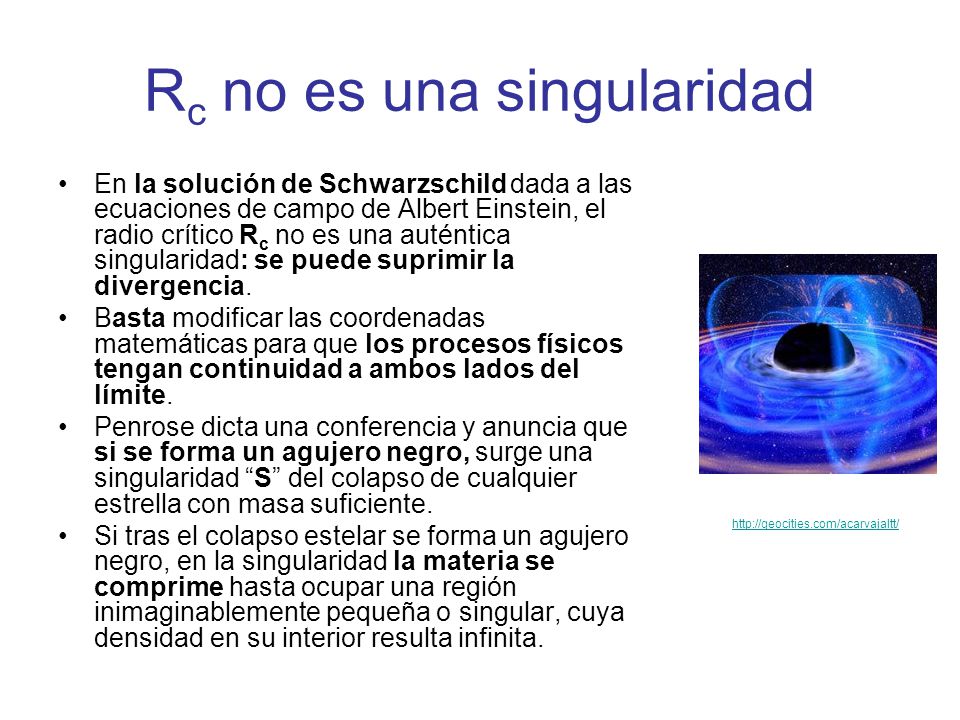




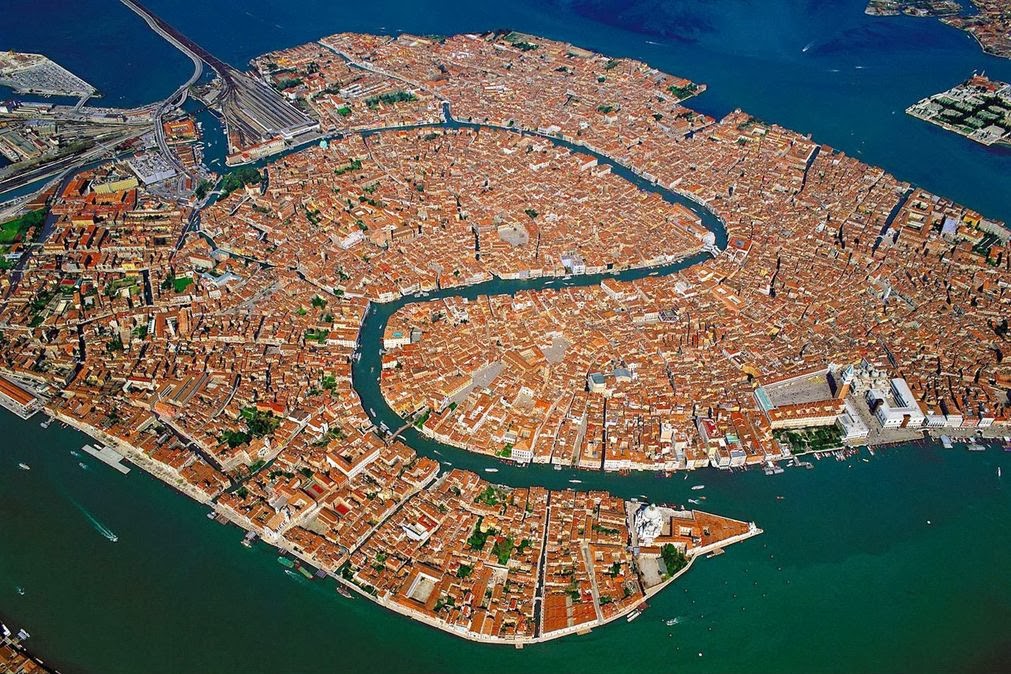










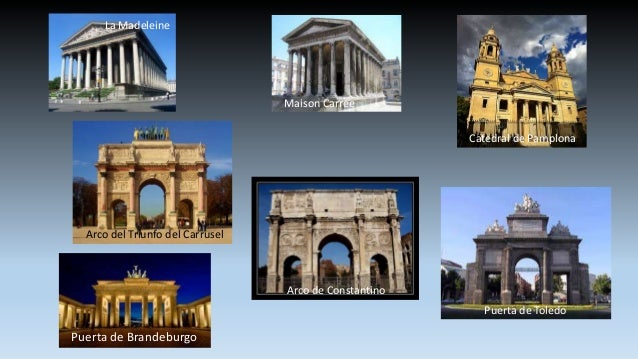
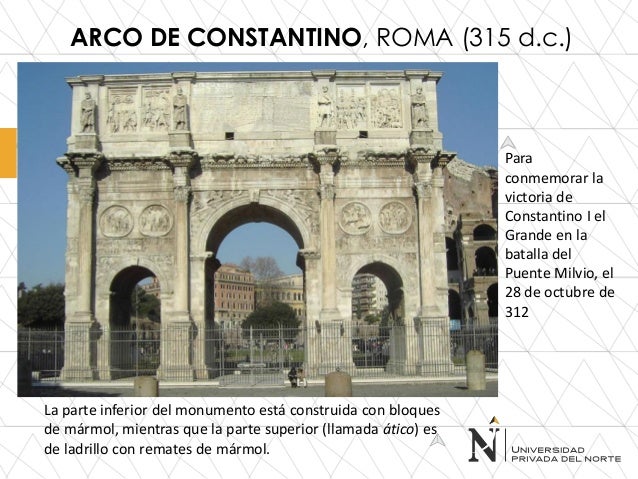


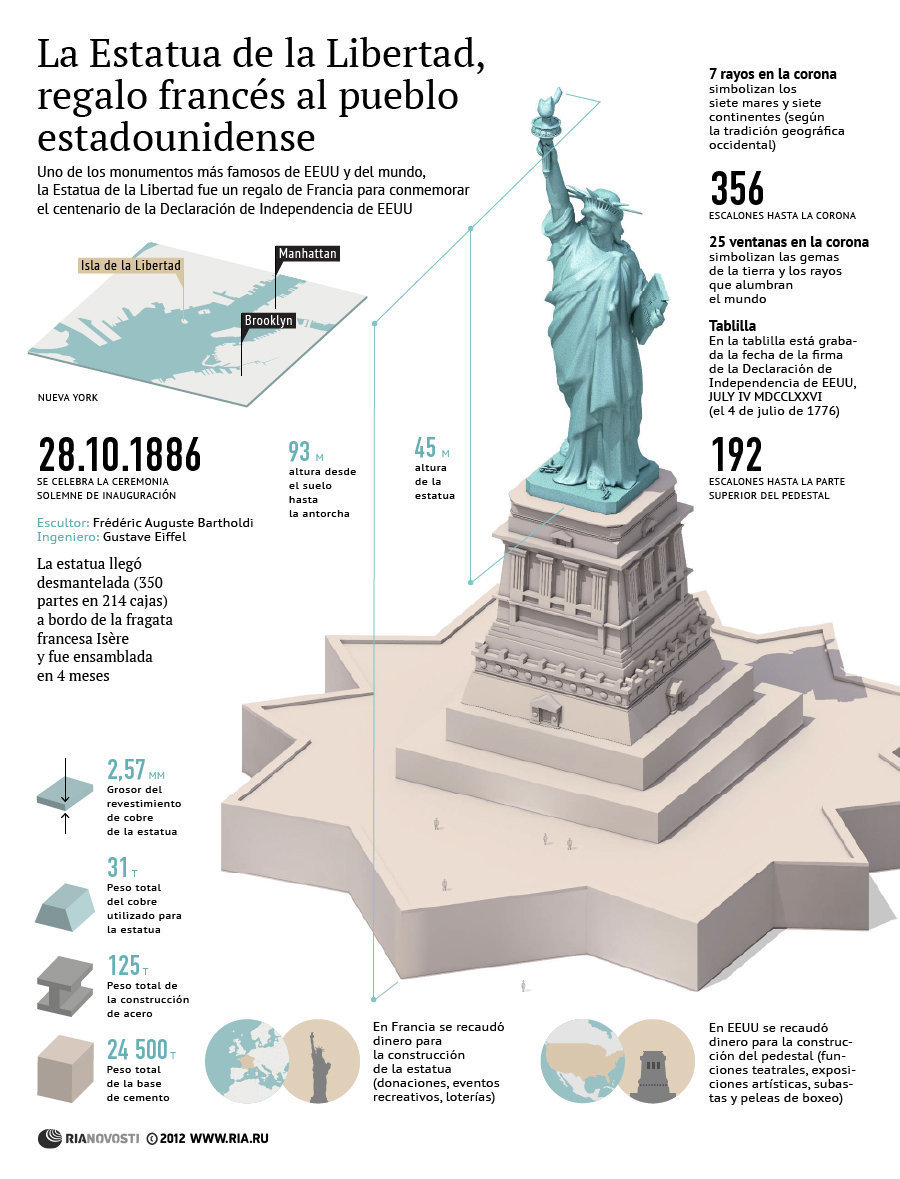
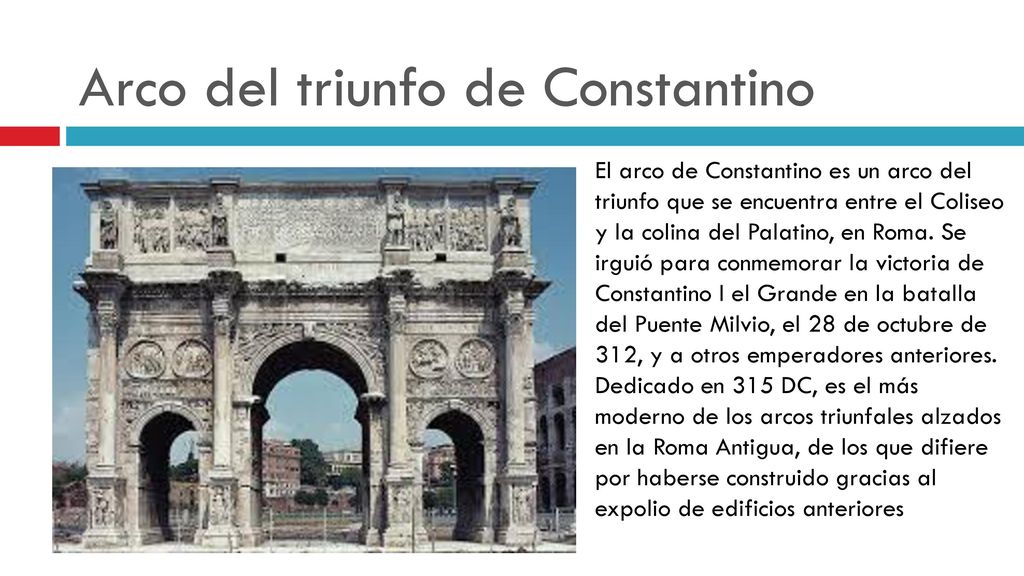




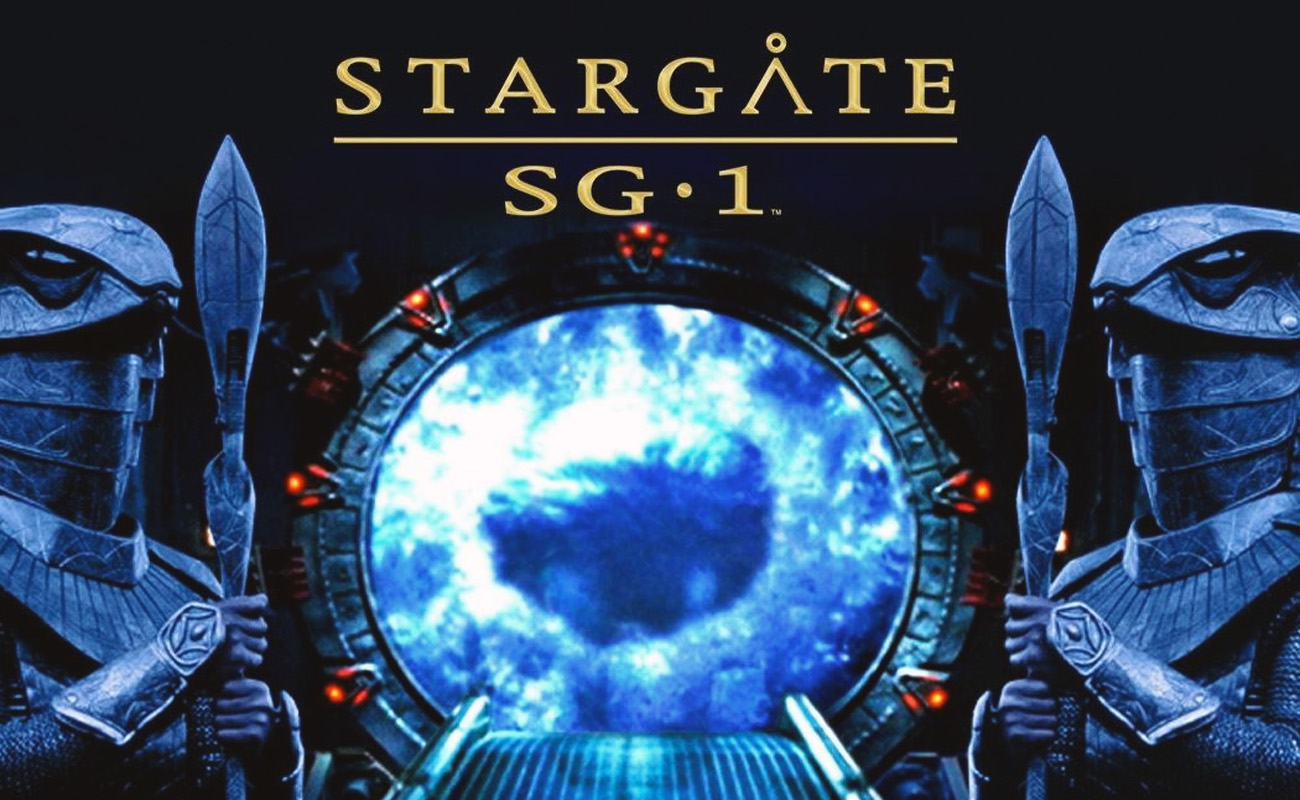
![Stargate Special Edition [Reino Unido] [DVD]: Amazon.es: Kurt Russell: Películas y TV](https://m.media-amazon.com/images/I/51Gr2lgt03L.jpg)






